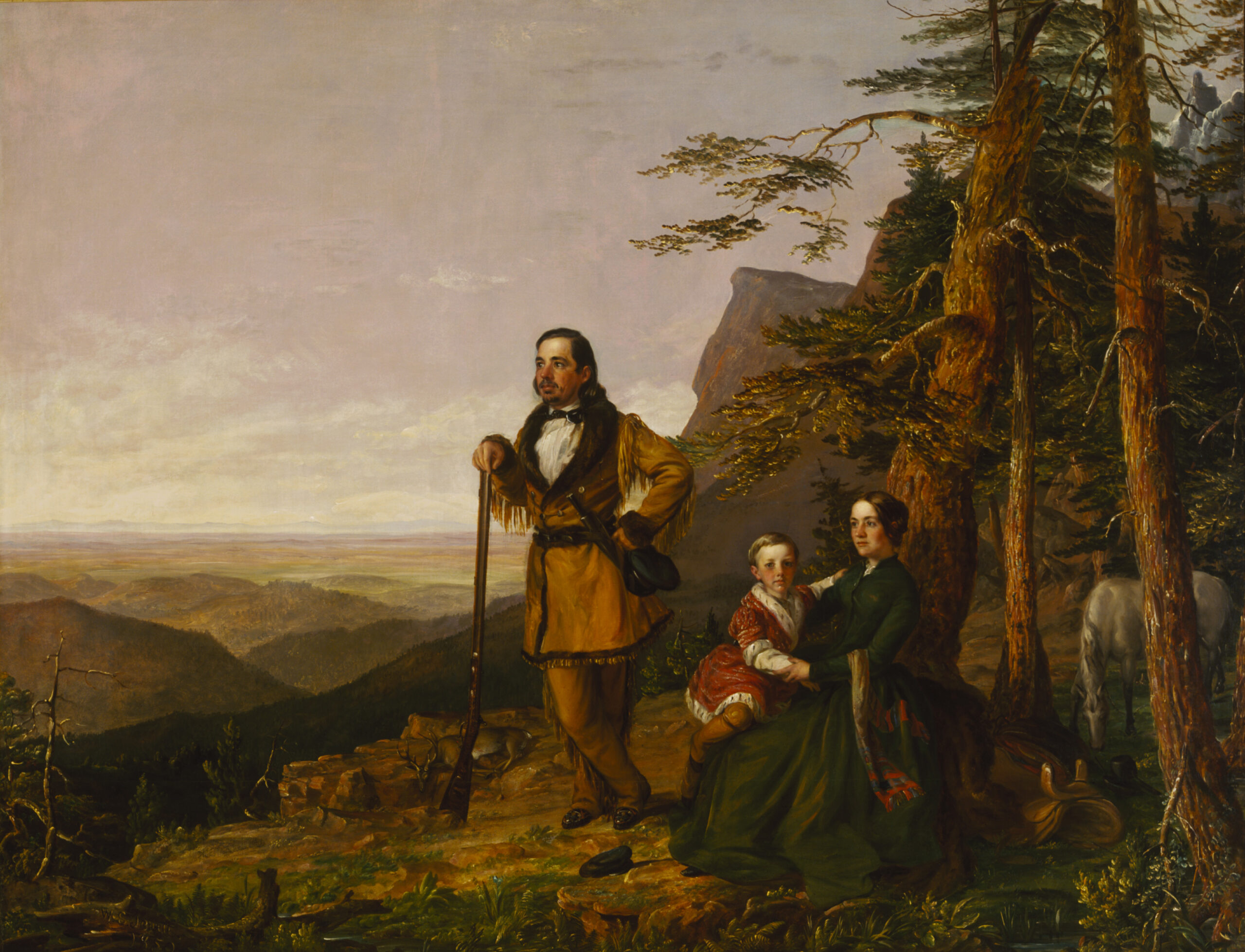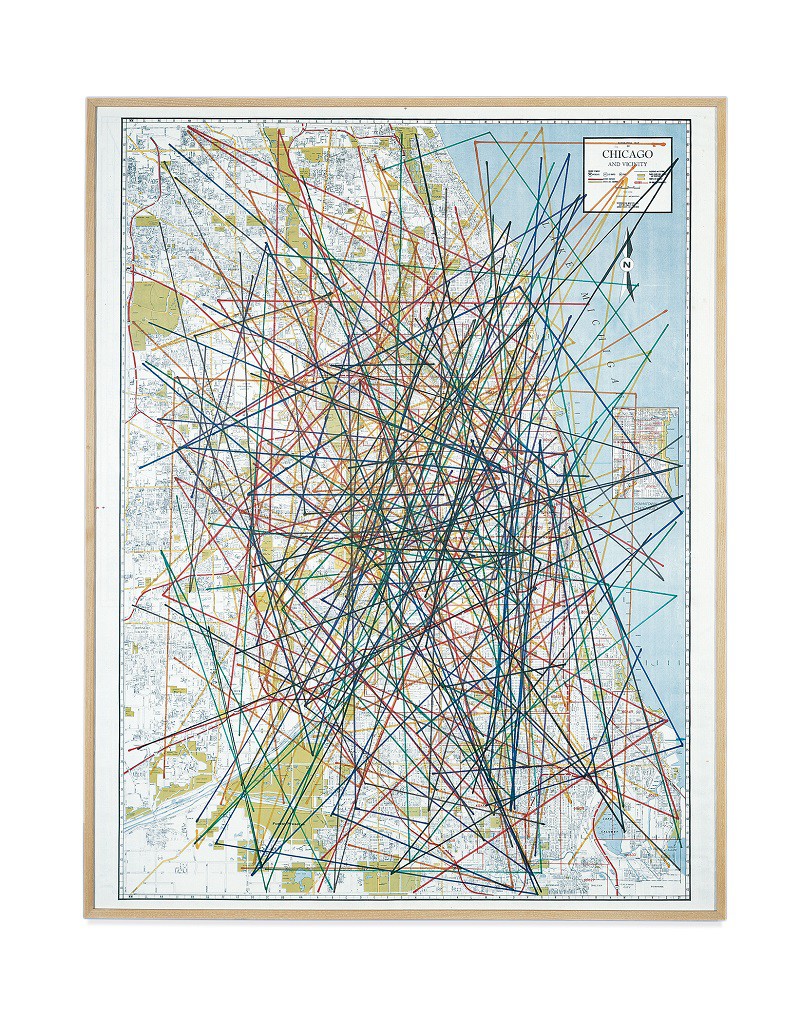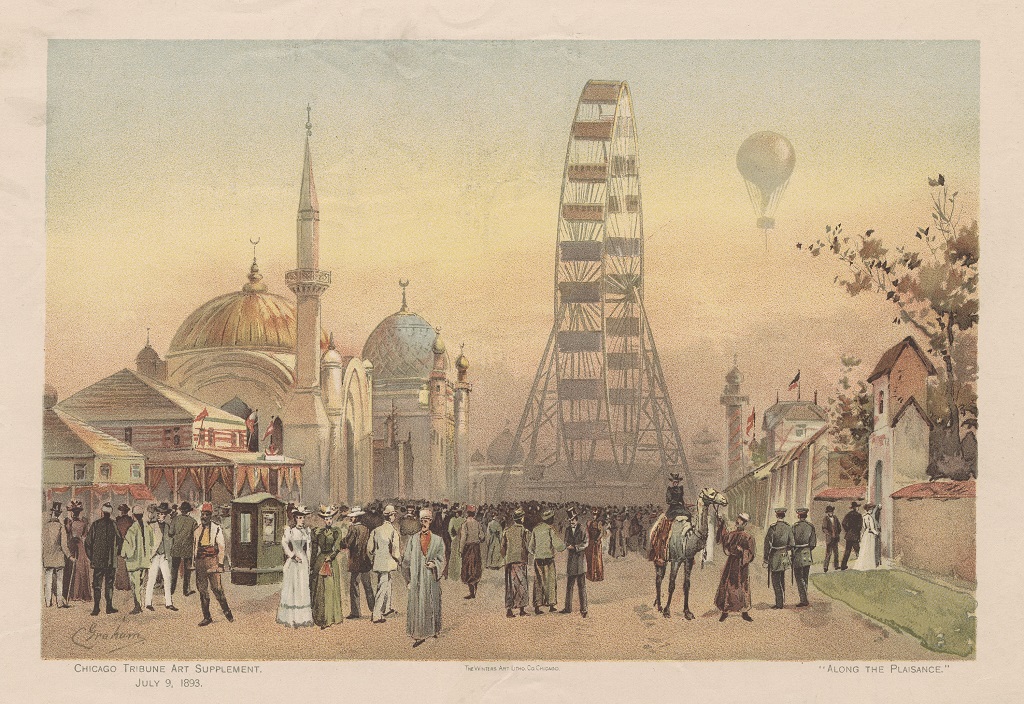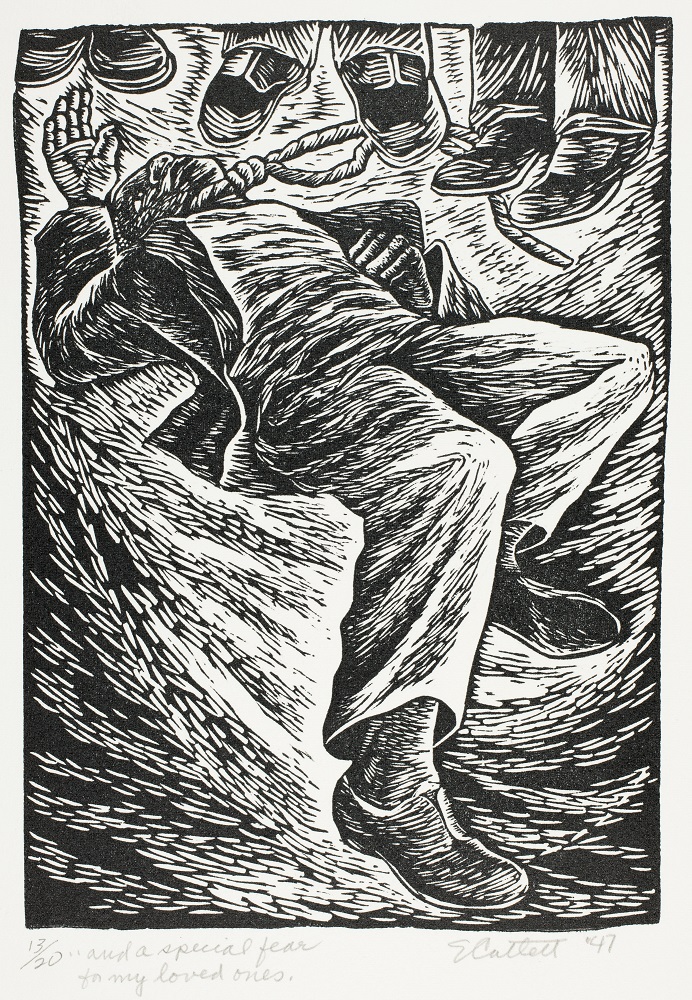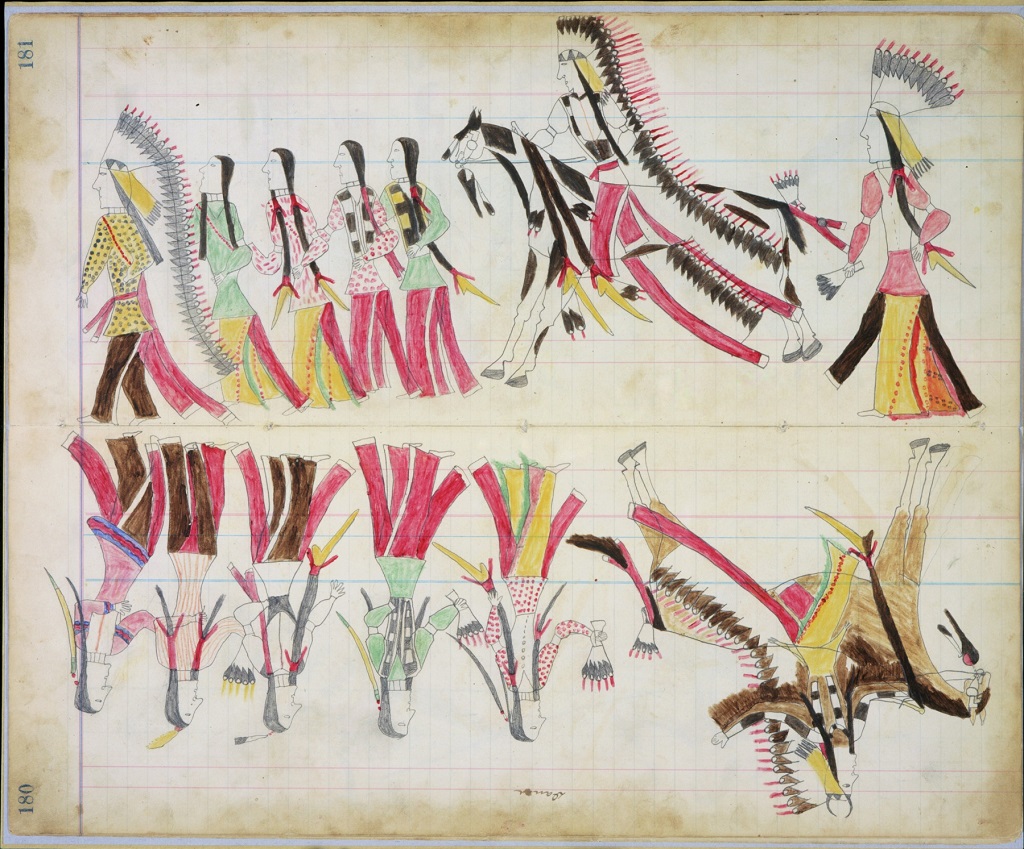Author:
Jennifer Siegenthaler, Terra Foundation for American Art
At first glance
Look closely at the painting. What do you notice in the foreground, middleground, and background? What kind of setting are the people here shown in? What do you see on the ground near them? What might their clothes and belongings tell you about them? What do you think these people were doing before the moment shown here? Explain your answers with details from the painting.
Read to build knowledge
The people shown in this family portrait are the Graysons. The portrait tells us not only what Andrew Jackson Grayson, his wife Frances, and their son Ned looked like, but it also tells us about an important chapter in their family history and in American history.
The artist could have positioned the figures in a variety of ways, but he shows the adults looking west toward the light in the distance. This detail is important because it relates to the family’s life-changing journey.
The Graysons moved west from Missouri to Northern California in 1846. Today we can fly across the nation in less than a day, but this family made their journey at a time when such trips took months. The Graysons traveled on horseback, in a wagon pulled by oxen, and on foot, crossing prairies, rivers, deserts, forests, and mountains. It was a difficult and dangerous trip that took six months.
The Graysons traveled with other families for most of the trip. In a letter, Andrew Grayson described many of the challenges he and his fellow travelers experienced.1 Members of their group, along with their horses and cattle, were wounded in fights with Indians. People died of illness and exhaustion. While crossing the hot and deep desert sands, they wondered if and when they would find water or food. At one point they spent three days using chains to haul their wagons up and over a mountain!
After their group reached the mountains near the end of their journey, snow had started to fall. The snow and cold made traveling very dangerous. The Graysons decided to go the rest of the way on their own. Andrew Grayson wrote that he put his wife and son on an old gray horse with blankets, buffalo robes (giant blankets made from buffalo fur and hide), camping utensils, and other items. He walked beside them through the mountain forest, which was dark and full of deer and other animals that he could hunt for food. He wrote about feeling lonely without their fellow travelers during this part of the trip. After several days they finally saw their destination in the distance. Grayson described the scene in his letter:
“. . . on the 12th day of October 1846 we beheld for the first time the . . . plains of California. Never had my eye rested upon so beautiful a scene. . . . The sun was getting low and we encamped here for the night, by a small running spring—and called it the happy camp ground.”2
The Graysons bought land after arriving in California, and he became a successful businessman. A few years after settling in the state, he asked the artist William S. Jewett to make this portrait of his family. Jewett was also a pioneer to California. Grayson gave the artist specific instructions about what their clothing should look like and other items to include. He had the artist visit the spot he wanted shown in the painting. Jewett made sketches there, and then he completed the painting in his San Francisco studio.
Analyze and Interpret
- What details from the story of the Graysons’ trip can you find in this painting?
- What phase of the Grayson’s trip does the painting show? Provide evidence for your ideas from the painting.
- The Graysons’ clothes were probably very dirty and worn after such a long and difficult trip. However, Andrew Grayson is painted wearing a clean white shirt and cravat (a type of tie). His wife wears an elegant gown, and his son wears an expensive robe with fur trim. These are not traveling clothes. Why do you think Grayson asked the artist to show them in such nice clothing?
- Why do you think the Graysons wanted a family portrait that referenced their difficult overland journey? How do you think Andrew Grayson felt about his family’s journey? What about the painting that makes you think that?
- What do you think Grayson wanted people who saw this painting to know about him and his family? Provide evidence from the painting for your answer.
- Like the Graysons, many people moved west to California in the mid-1800s. Are there clues in the painting that suggest why the Graysons and so many others wanted to go there?
For further reading (students)
Grayson, Andrew Jackson. “Account of Trip to California,” diary of overland trip to California, 1846. Andrew Jackson Grayson papers, BANC MSS C-B 514, The Bancroft Library, University of California, Berkeley.
Horn, Hosea B. “Map to Illustrate Horn’s Overland Guide to California and Oregon.” In Horn’s Overland Guide, from Council Bluffs to the City of Sacremento. New York: J. H. Colton, 1852. Newberry Library call number: Graff 1954. http://publications.newberry.org/k12maps/module_05/horn.html
(This map shows an overland route to California in 1852, not long after the Graysons’ journeyed there. In his “Account of Trip to California,” referenced above, Mr. Grayson mentions stopping at or passing through several places included on Hosea Horn’s map.)
For further reading (teachers)
Terra Foundation for American Art. “The Promised Land – The Grayson Family,” http://collection.terraamericanart.org/view/objects/asitem/People$004072/0?t:state:flow=4edcf45a-275a-4c63-a932-bb333fe8b6ae
Notes
- Andrew Jackson Grayson, “Account of Trip to California,” diary of overland trip to California, 1846, Andrew Jackson Grayson papers, BANC MSS C-B 514, The Bancroft Library, University of California, Berkeley
- Ibid, 5–6

